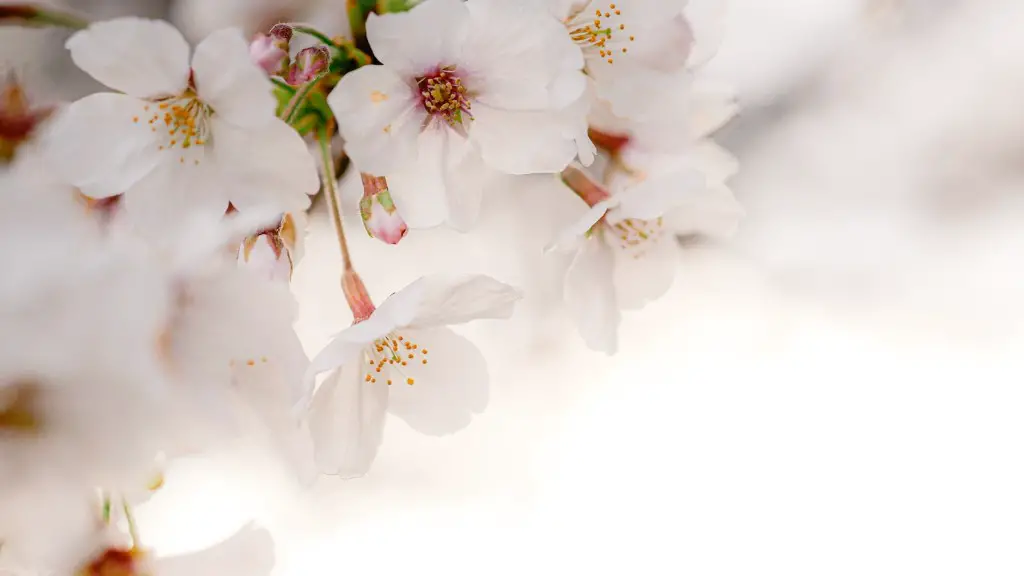Horse apple trees, also known as Osage orange trees, are ornamental and hearty trees that produce a hard, spiky fruit. Native to an area of the United States stretching from Texas to Nebraska, the edible green fruit and wood of this tree have long had a variety of uses. Here, we’ll discuss the characteristics of a horse apple tree, what it can be used for, and how it can add aesthetic appeal to your garden.
What is a Horse Apple Tree?
Horse apple trees are deciduous trees that primarily grow in the United States, though you can find them in some other sheltered climates. The most common species is the Osage orange tree, which can reach up to 50 feet tall. Its characteristic traits are an oval shape and glossy, deeply-grooved bark. Its distinctive leaves are olive-green in color and turn yellow in fall. Its carpels form a hard, spiny fruit — more akin to a cucumber than an apple — which is often used for decoration.
Uses of Horse Apple Trees
The fruit of the horse apple tree has been used as a source of food and medicine as well as for decoration. The wood of this tree is effective in making multi-purpose fence posts because of its knobby texture, extreme strength and long-lasting properties. This tree is also known as a great wind-breaker, providing shelter as well as a serene, rustling sound. Additionally, it can be used to repel unwanted wildlife and repel disease, as the leaves contain an insecticide.
Benefits of Horse Apple Trees
Growing an Osage orange tree can provide many benefits around your home. Since the wood of the tree is very strong, it can last for decades, providing a reliable source of material for fence posts and other home projects. Its broad leaves offer a lot of shade, which makes it ideal for providing comfort in hot summers without blocking too much sun. Finally, horse apple trees also have beautiful flowers that make them attractive additions to a garden.
How to Care for a Horse Apple Tree
Caring for a horse apple is relatively simple. As this tree grows in a zone 5 to 8 climate, you should plan for the heat in the summer by planting your tree in the proper location that can get enough sun. Optimal soil for the horse apple is rich loamy soil, though it can tolerate any slightly acidic to slightly alkaline soil. The tree requires maximum sun exposure, so choose an unshaded site. Water your tree regularly, making sure to keep the soil moist but not soggy. As with any other deciduous tree, pruning is necessary to keep your horse apple tree healthy.
Why Choose a Horse Apple Tree
Horse apple trees have many advantages that make them an attractive addition to any garden. Their leafy canopies provide an excellent source of shade while their strong timber can be used for a variety of projects. The fruits of the horse apple tree will last for a long time, making them excellent ornamental pieces. Finally, their distinctive foliage is sure to make an eye-catching impact.
Decorative Uses of Horse Apple Trees
Since horse apple trees have a long lifespan, they make wonderful decoration pieces. Their lengthy, oval shape combined with their distinctive bark and glossy leaves sets them apart from other trees. Additionally, their large, spiky fruits can be used to create unique scene in your garden. Even the fallen fruits can contribute to the landscape. During the winter, you may even notice the drooping silhouette of the bare branches that give the tree a unique, skeletal look.
Culinary and Medicinal Uses of Horse Apple Trees
Though horse apples are not technically edible, their fruit and leaves have traditionally been used in a variety of ways. The fruit of the tree are edible and have been used to make marmalades and jellies. Their leaves are high in vitamin C, making them a great source of nutrition. Finally, the wood of the tree can be used to smoke food and their roots can be boiled to make a decoction to treat various ailments.
Uses of Horse Apple Wood
Osage orange wood is said to be one of the hardest and most dense woods in the world. As such, it is a popular choice for making long-lasting furniture, fence posts, and tool handles. The wood is also used to manufacture bows and arrows, as it is known to combine strength and elasticity in one material. Additionally, it makes a great fuel for campfires and grilling.
Insect and Disease Control with Horse Apple Trees
The leaves of the horse apple tree contain an insecticide that naturally repels pests, like hornworms and ants. Notably, the fruit of the horse apple tree also contain compounds effective in repelling disease. As such, planting this tree can help you to maintain the health and safety of your garden for many years.


